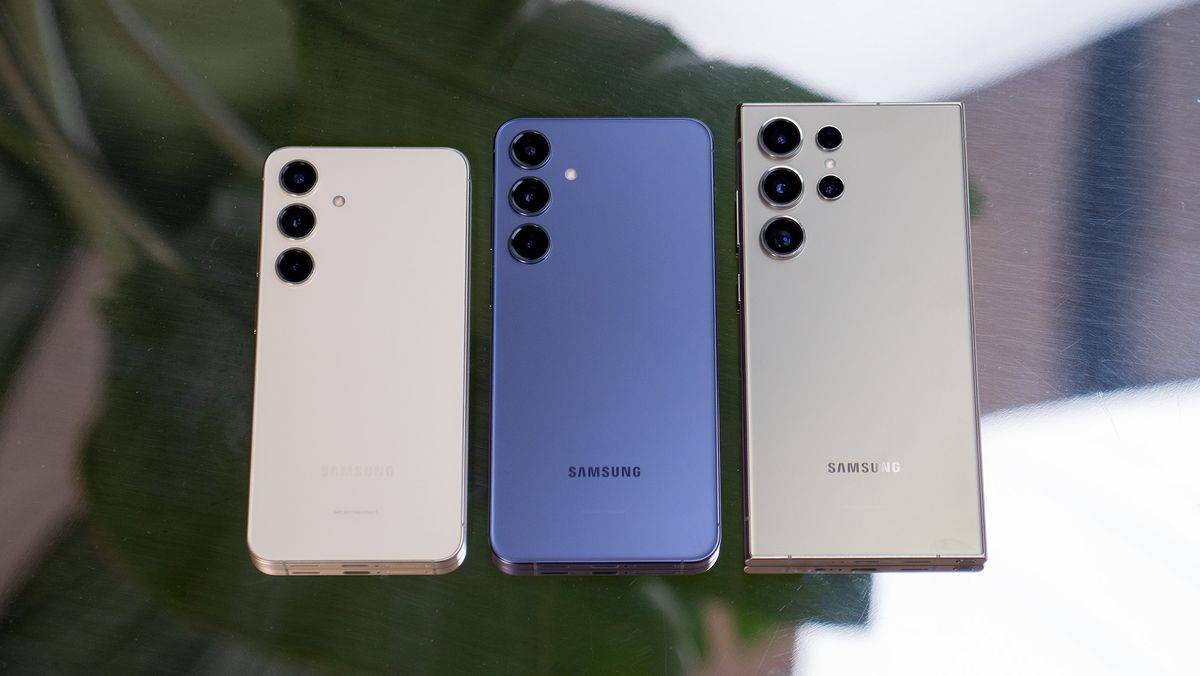In a historic moment for the Ethereum community, Goerli—one of the largest and most active Ethereum test networks—underwent the “merge” on Wednesday evening.
The actual merge is a years-in-the-making upgrade for Ethereum that will shift the network from a proof-of-work consensus model to proof-of-stake, a process that is poised to make the blockchain more efficient and consume far less energy.
To prepare for this massive change, developers have run many tests, but this latest test differs from the rest: The Goerli testnet merge is the last—and most significant—dry run for Ethereum before the merge happens on the so-called mainnet used by everyone. In other words, it’s a big deal.
Developers watching the process on Zoom hailed the sight of pandas shown in code—a signal the Goerli testnet merge worked. That said, it’ll take time for the Ethereum developers to confirm if everything went smoothly or if the testnet merge had any unforeseen issues.
“We won’t really know until late tonight or tomorrow how successful the [Goerli testnet] merge actually was,” pseudonymous developer Superphiz said during a Zoom call livestream for the Goerli testnet merge. “This is not going to tell us success or failure” just yet.
But now, at last, with the Goerli testnet merge done, Ethereum developers are in much better shape in determining the likelihood of success for the mainnet upgrade.
The mainnet merge is estimated to happen in September, but, depending on what developers uncover post-Goerli testnet merge, the date might change. Developers are likely to discuss the Goerli testnet merge and set a date for the mainnet merge later this week.
“I’m very excited to see these final steps to the Ethereum proof-of-stake switch being completed,” Dima Buterin, father of Ethereum co-founder Vitalik Buterin, told Fortune. “It’s exciting that the second biggest blockchain is getting to the point where it can cut its energy usage by about 99.95%.”
Dubbed the “most significant upgrade in the history of Ethereum” by the Ethereum organization, the mainnet merge is a lofty task—one that requires lots of effort, trials and anticipation.
As previously mentioned, developers have run through the merge on multiple testnets prior to Goerli. That’s because testnets like Goerli are crucial for blockchains, as they’re used by developers to test upgrades before being deployed on mainnet. The testnets are similar to their mainnet variants, and let developers check for bugs or security holes—preventing such shortcomings from impacting the main blockchain once enabled.
“We saw the pandas, and that’s the fun,” Superphiz said, but “right now, it’s really a watching and waiting and seeing what the data looks like. We can’t assess the entire network until we’re looking back at it.”
The price of Ether jumped in advance of the Goerli testnet merge on Wednesday. Right after the Goerli merge activation, Ether hit a 24-hour high of $1,912, according to Coin Gecko. The cryptocurrency is currently trading at around $1,877, up 12% over the last day.
This story has been updated with the price of Ether.
Sign up for the Fortune Features email list so you don’t miss our biggest features, exclusive interviews, and investigations.





















Discussion about this post